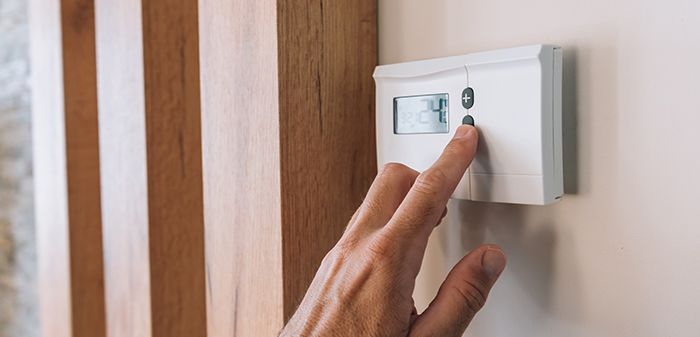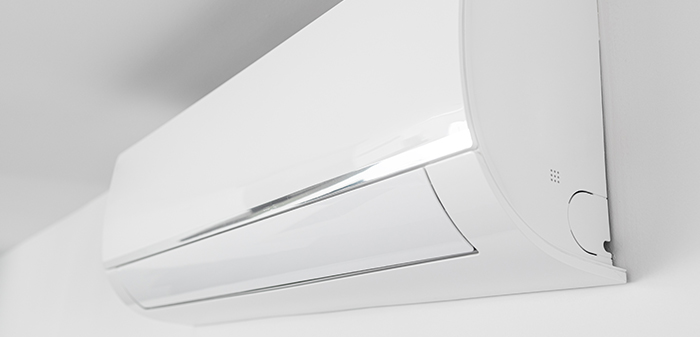The general process of how mechanical engineers design heating and air conditioning systems is as follows:
- Conduct a Load Calculation: Mechanical engineers start by determining the heating and cooling load for the space that needs to be conditioned. This involves calculating the amount of heat generated by people, lighting, and equipment, as well as the heat that enters the space through windows, doors, and other sources.
- Choose the Appropriate Equipment: Based on the load calculation, mechanical engineers will select the appropriate heating and cooling equipment such as furnaces, boilers, air conditioners, and heat pumps. They will consider the size and type of equipment, efficiency, and cost.
- Design the Ductwork System: The mechanical engineers will design the ductwork system that will distribute the heated or cooled air throughout the space. They will consider factors such as airflow rate, pressure drop, and duct sizing to ensure that the system will work effectively.
- Design the Controls System: The controls system will be designed to control the operation of the heating and cooling equipment. This may include thermostats, dampers, and other components that will regulate the temperature and air flow.
- Evaluate the Energy Efficiency: The mechanical engineers will evaluate the energy efficiency of the system and make any necessary changes to improve performance. This may include using high-efficiency equipment, improving insulation, or using more energy-efficient lighting.
- Prepare the Construction Documents: Finally, the mechanical engineers will prepare construction documents, including drawings and specifications, that will be used by contractors to install the system. They will ensure that the system meets all applicable codes and standards.
This is the general process of how mechanical engineers design heating and air conditioning systems, but the exact steps and details may vary depending on the specific project and the client needs/demands.


